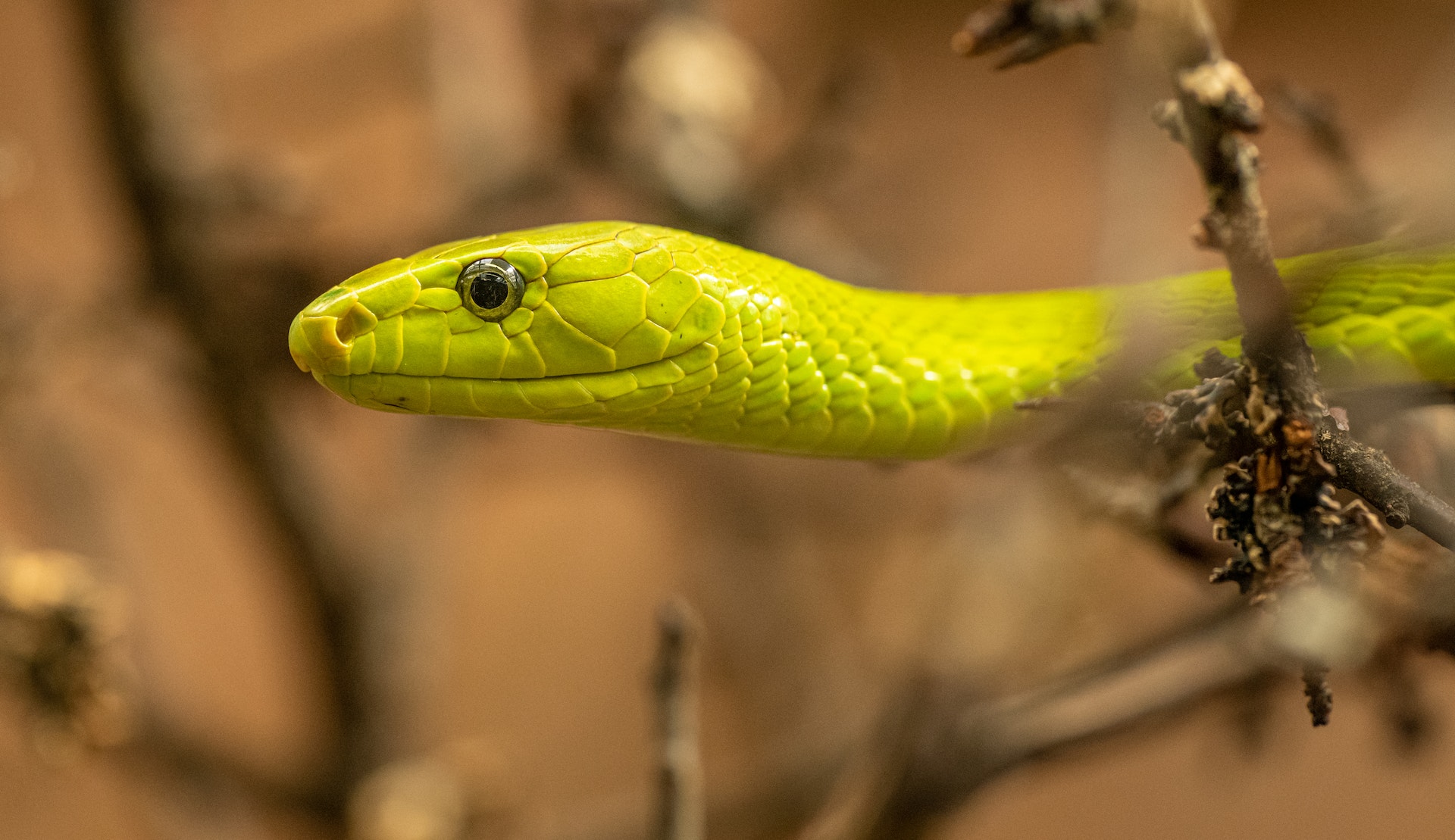10 Fascinating Facts About Snakes You Never Knew

Snakes are some of the most fascinating creatures on the planet, with a diverse range of adaptations and behaviors that make them truly unique. From their impressive hunting abilities to their incredible ability to adapt to a variety of environments, there’s no shortage of interesting facts about snakes.
In this article, we’ll explore 10 fascinating facts about snakes that you may never have known.
Snakes Have Flexible Jaws
One of the most unique features of snakes is their flexible jaws. Unlike most animals, snakes can open their jaws incredibly wide, allowing them to swallow prey that is much larger than their head. This is made possible by the way their jaws are connected, which allows them to move independently of each other.
Some Snakes Can Fly
While it may sound unbelievable, some species of snakes can glide through the air. These snakes, known as flying snakes, use a combination of muscular movements and flattened bodies to glide through the air for distances of up to 100 feet.
Snakes Don’t Have Eyelids
Unlike most animals, snakes don’t have eyelids. Instead, they have a clear scale over their eyes that protects them from damage while still allowing them to see. This is why snakes appear to be staring all the time, as they are unable to close their eyes.
Some Snakes Can Hold Their Breath for Over an Hour
Snakes can hold their breath for extended periods, with some species able to go without oxygen for over an hour. This is made possible by their ability to slow down their heart rate and other bodily functions, which conserves energy and reduces their need for oxygen.
Snakes Can Regulate Their Body Temperature
While most animals rely on external sources of heat to regulate their body temperature, snakes can do so internally. They can raise or lower their body temperature by moving to different locations, such as basking in the sun or hiding in the shade.
Snakes Shed Their Skin
Snakes shed their skin as they grow, with some species shedding their skin up to four times a year. This process is known as ecdysis, and it allows snakes to remove old, damaged skin and replace it with new skin.
Some Snakes Can Live for Over 30 Years
While the lifespan of snakes varies depending on the species, some snakes can live for over 30 years in the wild. The oldest recorded snake was a ball python that lived for 48 years in captivity.
Snakes Have Excellent Hearing
While snakes don’t have external ears like most animals, they have an incredible ability to hear vibrations in the ground. This allows them to detect prey and predators even in complete darkness.
Some Snakes Are Venomous, While Others Are Not
While many people assume that all snakes are venomous, the truth is that only about 15% of snake species are venomous. Most non-venomous snakes rely on other means, such as constriction, to subdue their prey.
Snakes Play an Important Role in Ecosystems
Snakes are important predators in many ecosystems, helping to control populations of rodents and other small animals. They also play a role in seed dispersal, as some species of snakes eat fruit and then spread the seeds through their feces.





